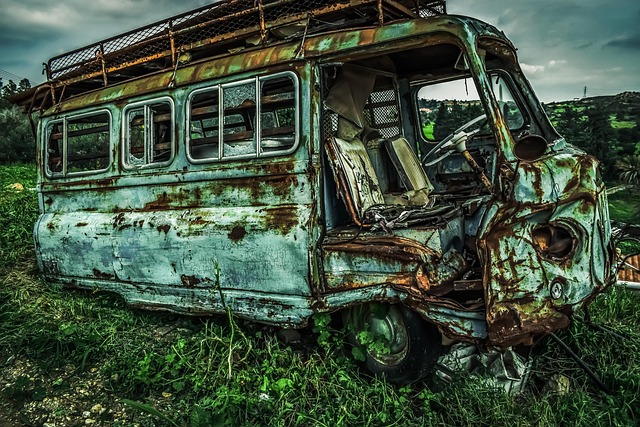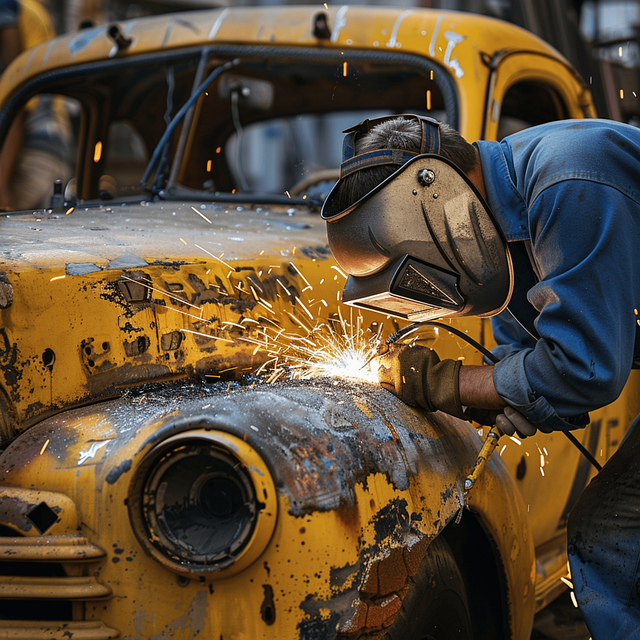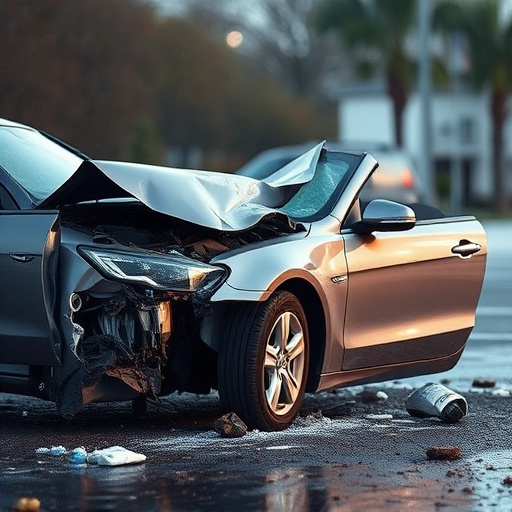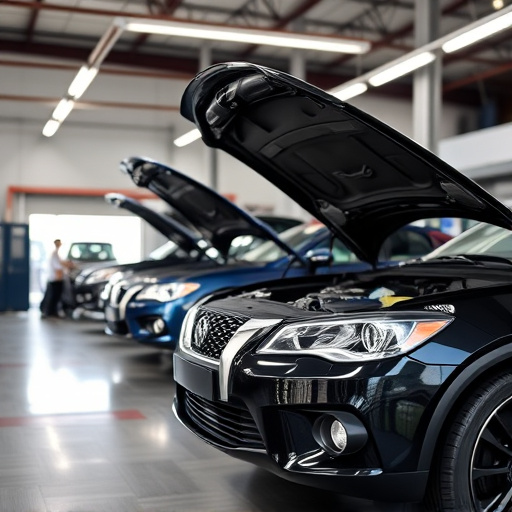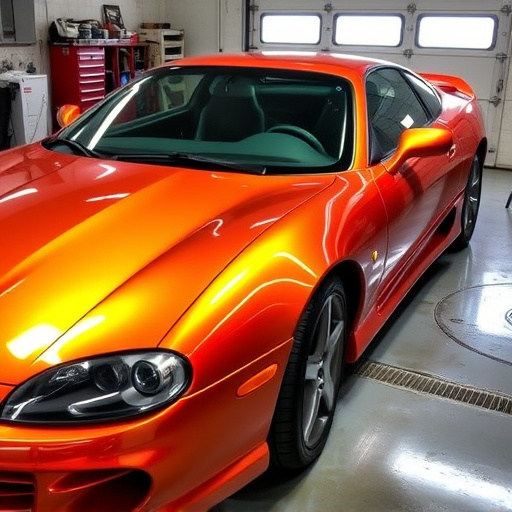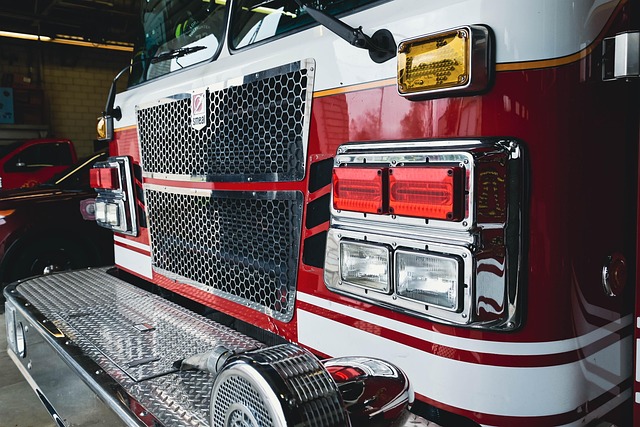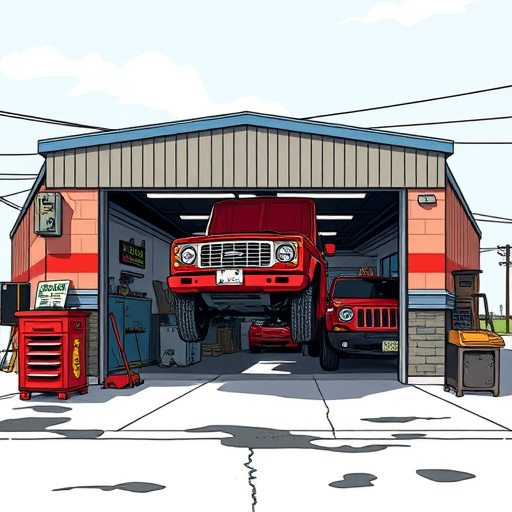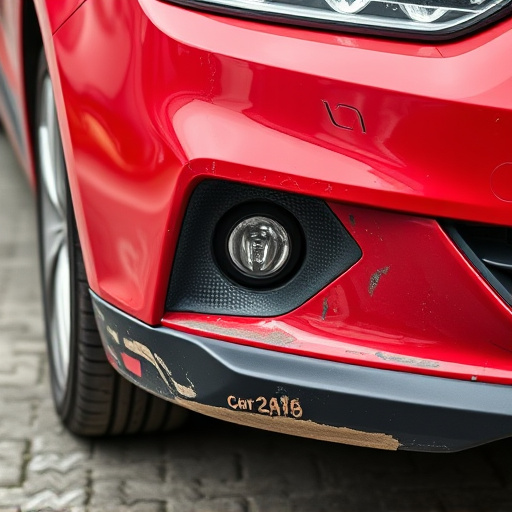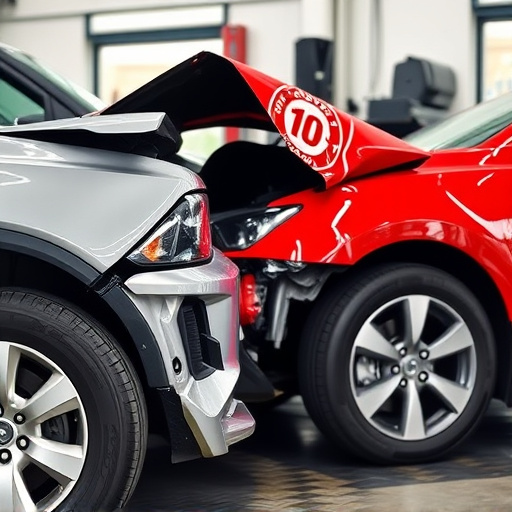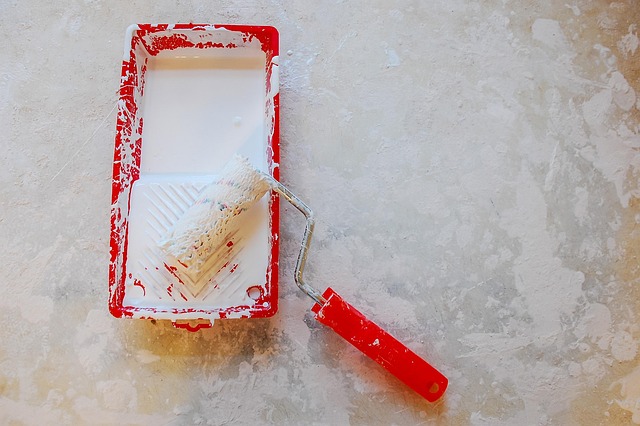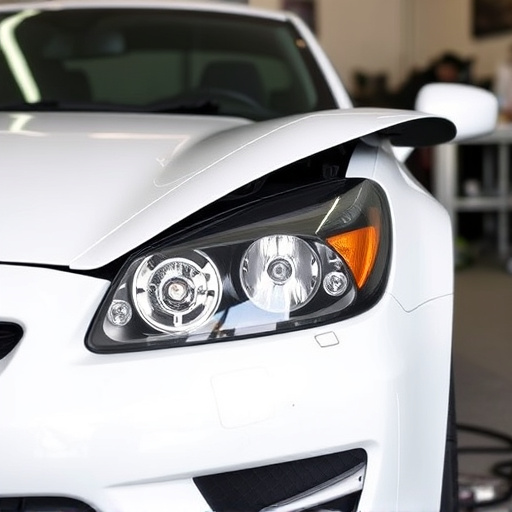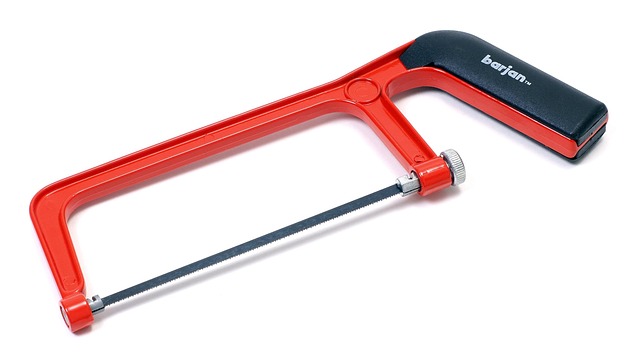Modern frame damage assessment procedures utilize advanced tools like 3D laser scanners and CAD software to accurately determine vehicle integrity after accidents, enabling faster, more precise repairs. Thermal imaging cameras, employing infrared technology, detect hidden issues such as stress fractures and misaligned components, enhancing early detection for cost-effective car body restoration. Advanced technologies including laser scanners and 3D modeling software provide precise measurements and detailed digital models, empowering collision repair shop technicians to identify subtle frame damage and make informed decisions before repairs, ultimately streamlining the process while ensuring higher quality vehicle restoration outcomes.
In the realm of structural integrity evaluation, modern frame damage assessment procedures have undergone a remarkable transformation. Traditional methods are being supplemented by an array of cutting-edge tools and technologies, revolutionizing how we inspect and analyze potential harm to building frames. This article explores the common tools driving this shift—from thermal imaging cameras and laser scanners to advanced structural analysis software. We delve into the advantages they offer in terms of efficiency, accuracy, and safety, while also looking ahead to future trends such as artificial intelligence, drones, virtual reality, and non-destructive testing advancements that promise to further refine frame damage assessment practices.
- Common Tools and Technologies Used in Frame Damage Assessment
- – Thermal imaging cameras
- – Laser scanners and 3D modeling software
Common Tools and Technologies Used in Frame Damage Assessment
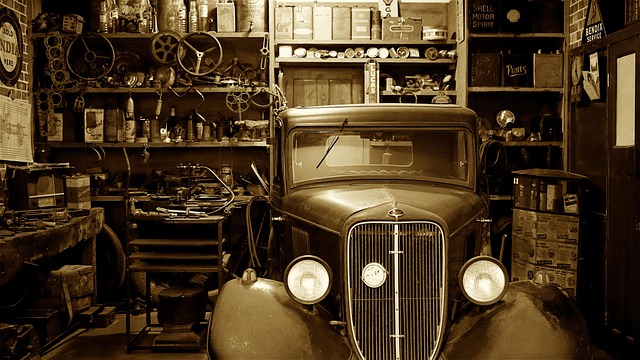
In modern frame damage assessment procedures, several advanced tools and technologies are employed to accurately determine vehicle integrity following accidents. Among the most common are 3D laser scanners, which provide detailed measurements and digital models of the vehicle’s frame, allowing for precise identification of deformations. These scanners offer a non-invasive method to evaluate structural integrity without causing further damage.
Additionally, computer-aided design (CAD) software plays a pivotal role in frame damage assessment. This technology facilitates the comparison of pre and post-accident vehicle models, enabling experts to pinpoint exact locations and degrees of deformation. CAD systems are integrated with digital imaging and structural analysis tools, enhancing the accuracy and efficiency of collision repair shop operations. The use of these technologies not only aids in faster auto bodywork repairs but also ensures meticulous auto detailing during the restoration process.
– Thermal imaging cameras
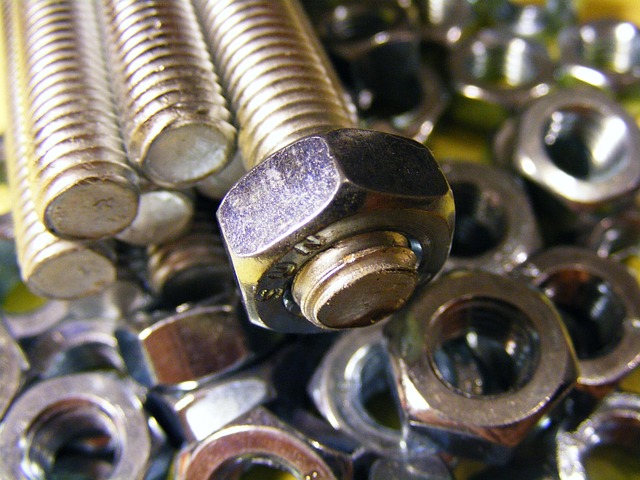
Thermal imaging cameras have emerged as invaluable tools in modern frame damage assessment procedures, offering a non-invasive and efficient way to detect even subtle anomalies in vehicle structures. These advanced devices utilize infrared technology to visualize heat signatures, making it possible to identify areas of potential frame damage that might not be apparent through traditional visual inspections. By capturing and analyzing temperature variations across the car body, thermal imaging reveals hidden issues like stress fractures, bent panels, or misaligned components, all crucial aspects in accurately determining the extent of frame damage during the initial assessment phase.
In the realm of car body restoration and auto bodywork, early detection of such defects is paramount. Thermal imaging cameras streamline the process by enabling repair technicians to quickly pinpoint problem areas, facilitating more precise and efficient car repair services. This technology not only enhances the accuracy of frame damage assessments but also contributes to the overall cost-effectiveness of vehicle maintenance and restoration efforts, ensuring that every step in the auto bodywork process is as effective and thorough as possible.
– Laser scanners and 3D modeling software
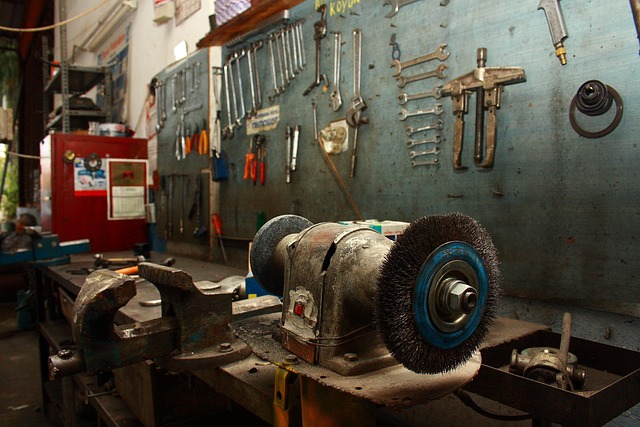
In modern frame damage assessment procedures, advanced tools like laser scanners and 3D modeling software are revolutionizing the way collision repair shops and vehicle restoration experts work. These innovative technologies enable precise measurements and detailed digital representations of vehicles, offering a wealth of benefits for auto maintenance professionals. Laser scanners capture high-resolution data points from the vehicle’s surface, creating accurate 3D models that can be used to identify even the subtlest frame damage.
With these models, collision repair shop technicians can more effectively plan their repairs, ensuring that every component is returned to its pre-incident condition. 3D modeling software further enhances this process by allowing for virtual simulations of potential repairs, enabling professionals to predict outcomes and make informed decisions before beginning any auto maintenance tasks. This advanced approach not only streamlines the repair process but also contributes to higher quality vehicle restoration outcomes.
Modern frame damage assessment procedures have significantly evolved, incorporating advanced tools like thermal imaging cameras and laser scanners with 3D modeling software. These technologies enable more accurate, efficient, and detailed evaluations of structural integrity, revolutionizing the way we approach frame damage assessment. By leveraging these innovative tools, professionals can ensure safer buildings and streamline restoration processes, ultimately enhancing overall structural safety.
